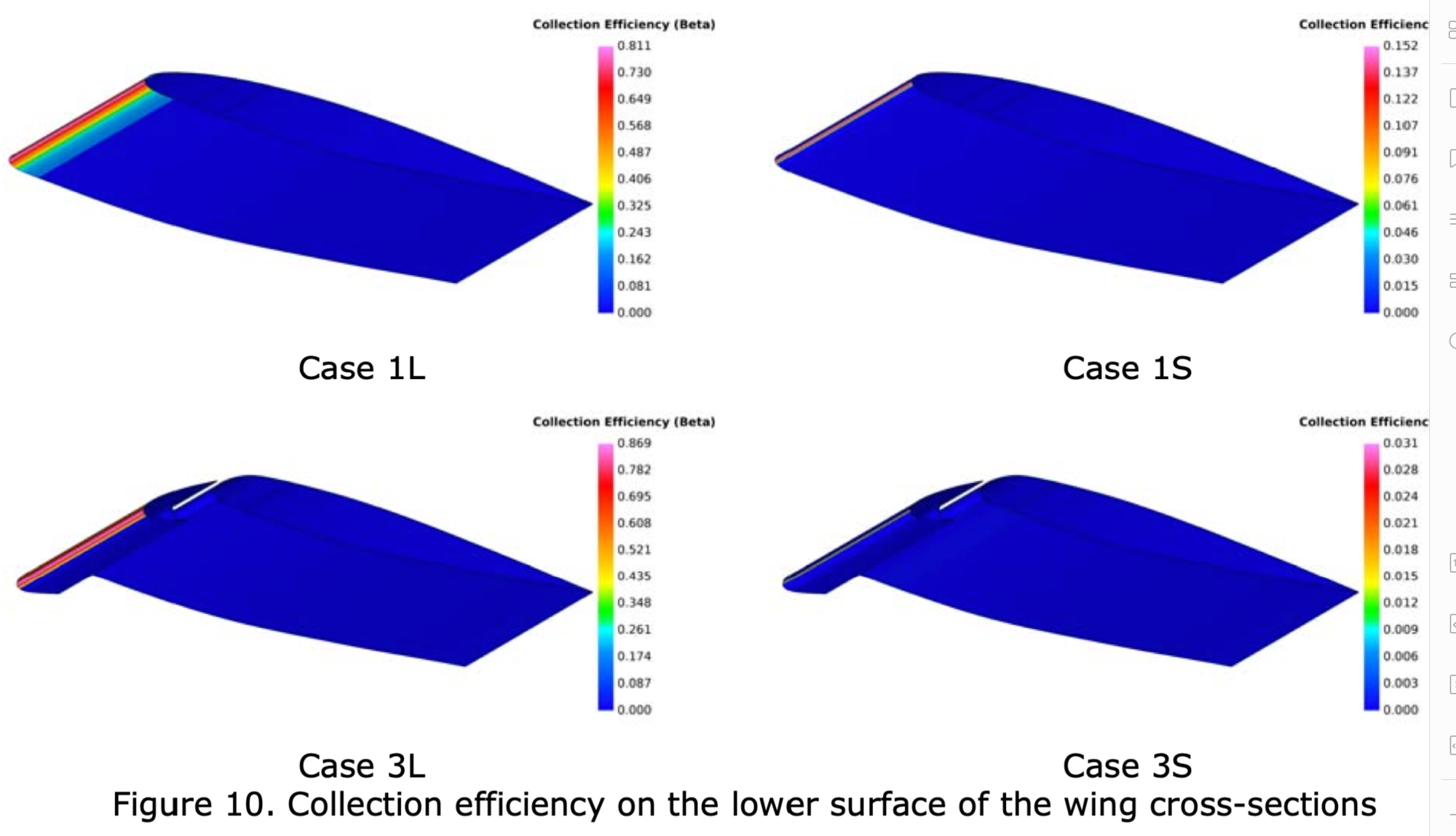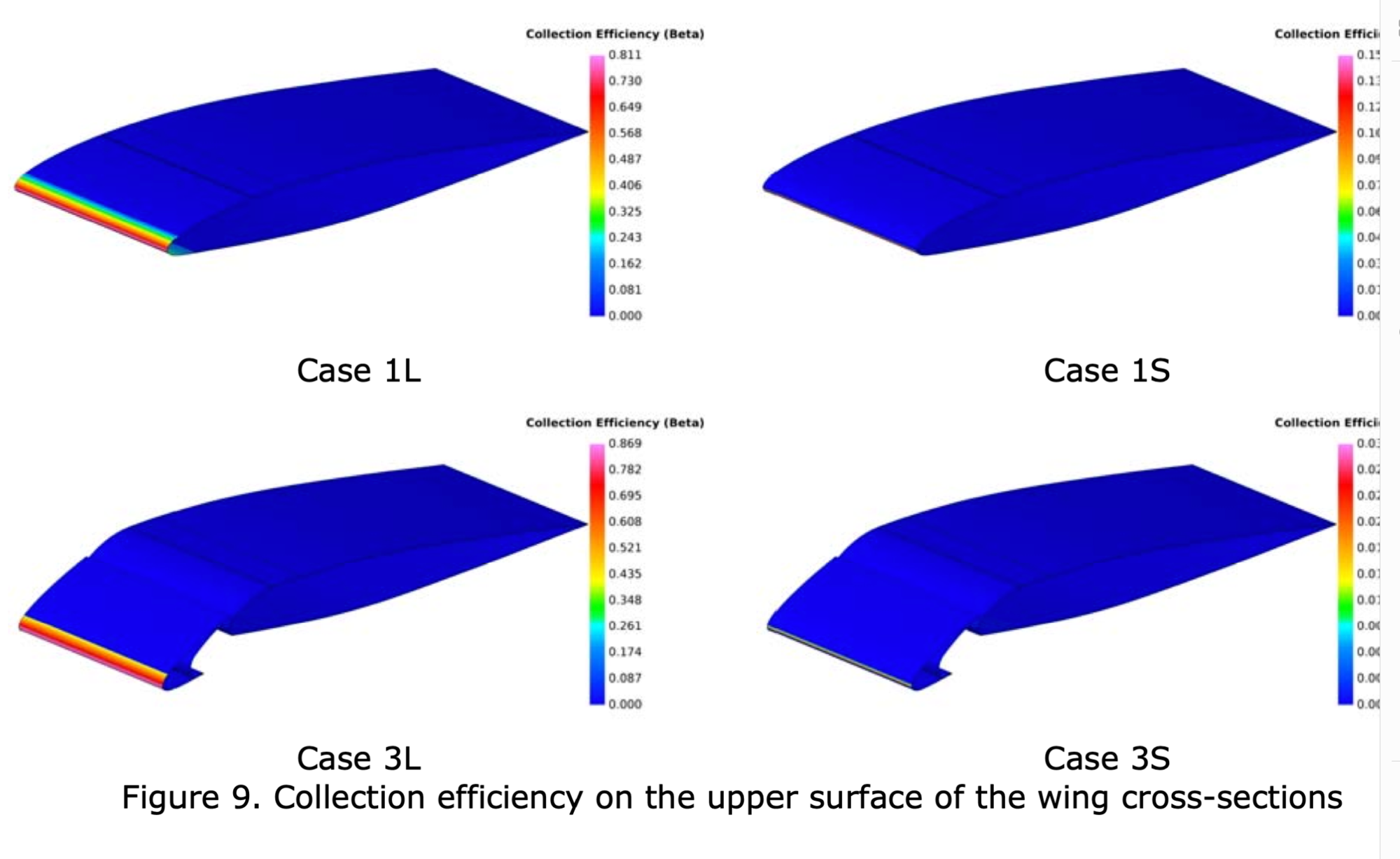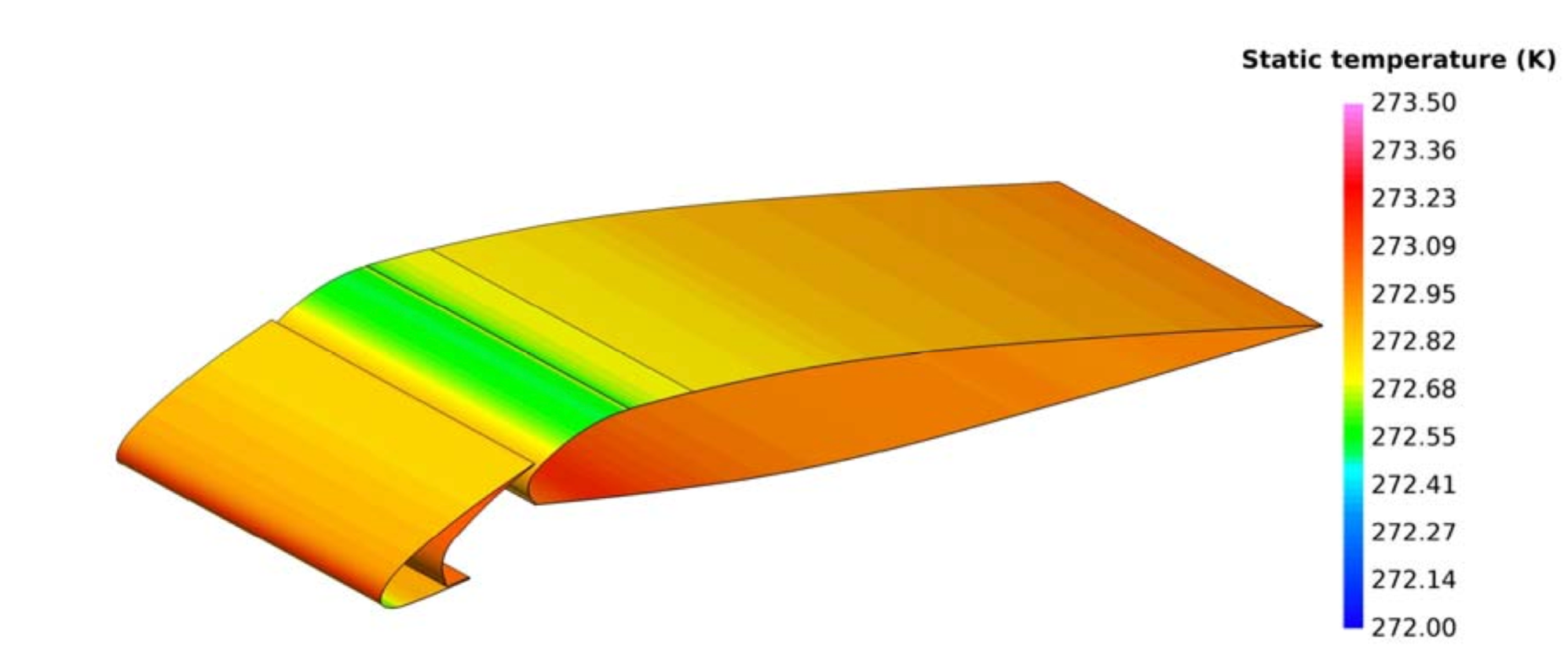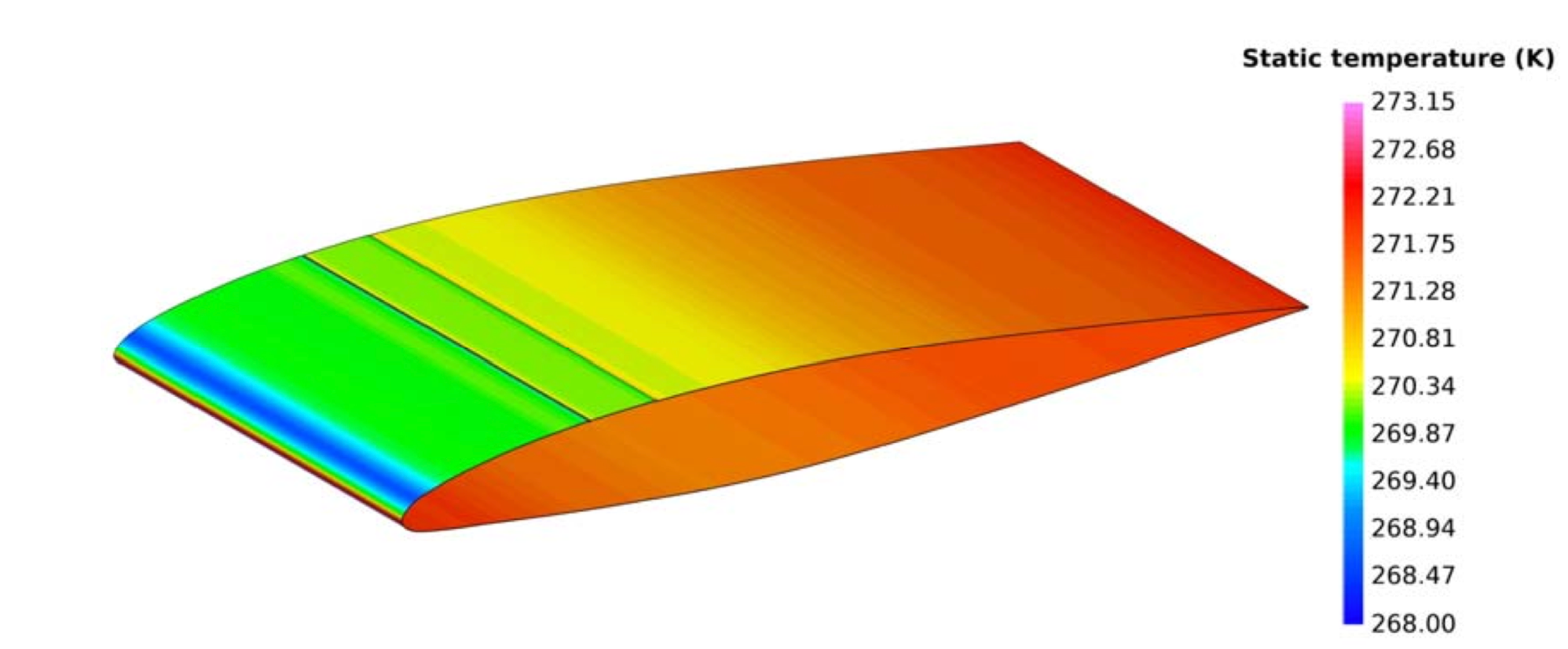

Originally Posted by
FlightDetent
I think it links to your conclusion on the (lack of) other fixes apart from MCAS. They seem to have honestly chosen a solution that was readily available, required less R&D and cost as little as necessary, all that without penalizing performance As much as the internet likes to ridicule that decision, showboating and all [this thread is a great exception!!], what's being called clearly obvious in the laymen media sphere was for sure well known and thoroughly considered by the dedicated professionals yet AFTERWARDS they chose MCAS. No matter the pathetic killer gremlin MCAS 1.0 which was born later, the initial choice of picking the MCAS tool was a fair one. If it would be done again, there's absolutely no presentable evidence to deny that particular path. And as matter of fact that's what happened: The proper and agreed solution to control forces is MCAS 2.0 which is all that 1.0 wasn't and at the same time the exact thing they originally planned for.
Without getting carried away too far: Imagine the trailing edge modification had been chosen resulting in all the super critical geeky cool effects fdr explains. BUT THEN during the actual design and implementation aviation reality would be abused same as with MCAS 1.0. Such as failing to do ice contamination test and the additional load stress calculations. Resulting in flaps detaching a few years down the road - with crew performance same as on the second crash day, the death toll would have been identical.
Trying to say that selecting what is now disclosed and known as MCAS as a tool cannot be faulted. With extreme probability, it was well-reviewed against all the other options and chosen maybe even as a win-win.
.
As first envisaged, for the high-speed case, MCAS has some redundancy, and was not a bad option. The problem came when the concerns on low-speed stability resulted in a repurposing of the system by expediently removing what was the safety. That’s what humans do. We learn better from mistakes, and the systems that are employed to catch such errors are dependent on the individuals own characteristics to give assurance that the safeties work.
Originally Posted by
FlightDetent
Without getting carried away too far: Imagine the trailing edge modification had been chosen resulting in all the super critical geeky cool effects fdr explains. BUT THEN during the actual design and implementation aviation reality would be abused same as with MCAS 1.0. Such as failing to do ice contamination test and the additional load stress calculations. Resulting in flaps detaching a few years down the road - with crew performance same as on the second crash day, the death toll would have been identical.
Trying to say that selecting what is now disclosed and known as MCAS as a tool cannot be faulted. With extreme probability, it was well-reviewed against all the other options and chosen maybe even as a win-win.
.
The strakes on the nacelles mitigate the reduction of section CL at higher AOA, by controlling the flow over the LE of the wing, and they do that well, They sit happily on the MAX, an aircraft that has a problem exactly from the fact that there is a surfeit of CL, coming off the surface in front of the wing, so that happy characteristic is able to be amended by reducing the size and effectiveness of the VG strakes on the nacelle. The downside is that would result in flight test increase of VS1G, and that gives a runway/payload penalty. Putting a trailing edge tab on the elevator is something that you do when you want more CL per angle of deflection, the same effect comes from having a thicker TE, which is nice enough, but it is not the problem that the MAX has, authority is not the issue, non -linear response is the issue. And to linearise that, either get rid of the offending force, nacelle dCL + vs nacelle/LE CL – from reducing the strake size. Nothing magical in that. To offset the runway performance, add a tab to the TE of the flaps, either inboard (improves wing bending moment, or both inboard and outboard to balance wing bending moment. Tabs increase CL/AOA, total, by a bucket load, but do add to a suppression of the stall AOA, which is oddly exactly what the doctor is ordering here… inboard reduction in CL at high AOA gives a nose down pitching moment on the swept wing, and makes the stall much nicer, and… happens at a lower speed, as total CL of the wing is higher, and that is for flaps down, flaps up and in fact at all times of the day or night. The additional benefits of tabbing a section is, you move the Cp aft on the associated section, so that is good too, it ensures that there is a solid moment to counter at all times. On Flaps, having paid for the recurrent AD on the maggots flap tracks, they are less than stellar in their design, per Peter Rudolphs comprehensive review of Transport Aircraft high lift devices, (
High-Lift Systems on Commercial Subsonic Airliners, NASA Contractor Report 4746, contract A46374D(LAS) September 1996)
“This mechanism had its drawbacks because of the complexity in manufacturing and inherent problems with track and roller wear and reliability. Roller and track wear is caused by the load magnification that results from the flap loads that create a fairly short roller couple on the flap carriage”.
If you model the track system, the manner by which the track and carriages function can be seen, and that shows a system that is not going to like vibration, and that is what comes from all of the conventional flap systems that exist as the flow is separated at the TE, and so oscillatory loads are applied. Steady loads are easy, alternating loads mess stuff up. Stopping oscillation is a good thing, and that comes within the load capability of the flap tracks without mods.
To ascertain the wing bending moment changes on the aircraft in real time takes 2 flights, been there, done that, got the photos. That provides both bending and torsion changes for comparison. Calibration takes some rat cunning but is simple to accomplish. Someone wrote a nice paper on that technique; they were from the right side of the pond. TE modification was done on the MD11, as Divergent Trailing Edge, DTE. Airbus also flight trialled the same on the A330. TBC did a quiet trial on the B742, and that was an interesting outcome, Joe Sutter was a force behind doing that test, may he rest in peace.
Ice testing. The best software for doing that is out of Canada, and is approved by TC, as well as EASA. Lewice had its day, but as soon as computation went past as Tandy Trash-80, it went out of being that ground-breaking. Last I heard, it was no longer being supported, but the FAA still was cautious about a software that had a French flavor. A former national icing SME for the FAA did some spectacular work for us with that particular software, so, apart from the amount of drink vouchers that it cost to get the CFD imagery and the forces, I remain ardently supportive of the capability that the Canucks developed. As to whether the competency of analysis exists, the following is an excerpt of the relevant DERs background: Project Manager for natural icing testing of Chinese ARJ21-700 in Canada during March and April 2014. DER in icing for 14 CFR Part 23 & 25. Constructed 3D CAD models of airplanes for CFD analysis using laser and photogrammetry. Consultant to Accident Investigation Board of Norway for takeoff icing incident of CRJ-200. Managed icing certification and noise testing project of C-26B STC. Lecturer on use of CFD in icing certification for airplanes, rotorcraft and engines. Icing consultant for transport airplane ice protection systems and rotorcraft engine inlet icing testing and other STC projects. Expert witness in FAA certification and icing issues. Author of technical articles and SAE papers. 2007 to present
The most recent resource for icing for the FAA, Tom Bond is also highly competent, and anyone doing certification in EASA or the FAA would have their concerns assuaged by the skill and competency of the people in the offices, and for my money, of the capabilities of the north of the border approved icing software. FWIW, we did validations of the software up at Bethpage, and also in-flight natural icing conditions. Amazing how hard it is to get icing when you want it.

